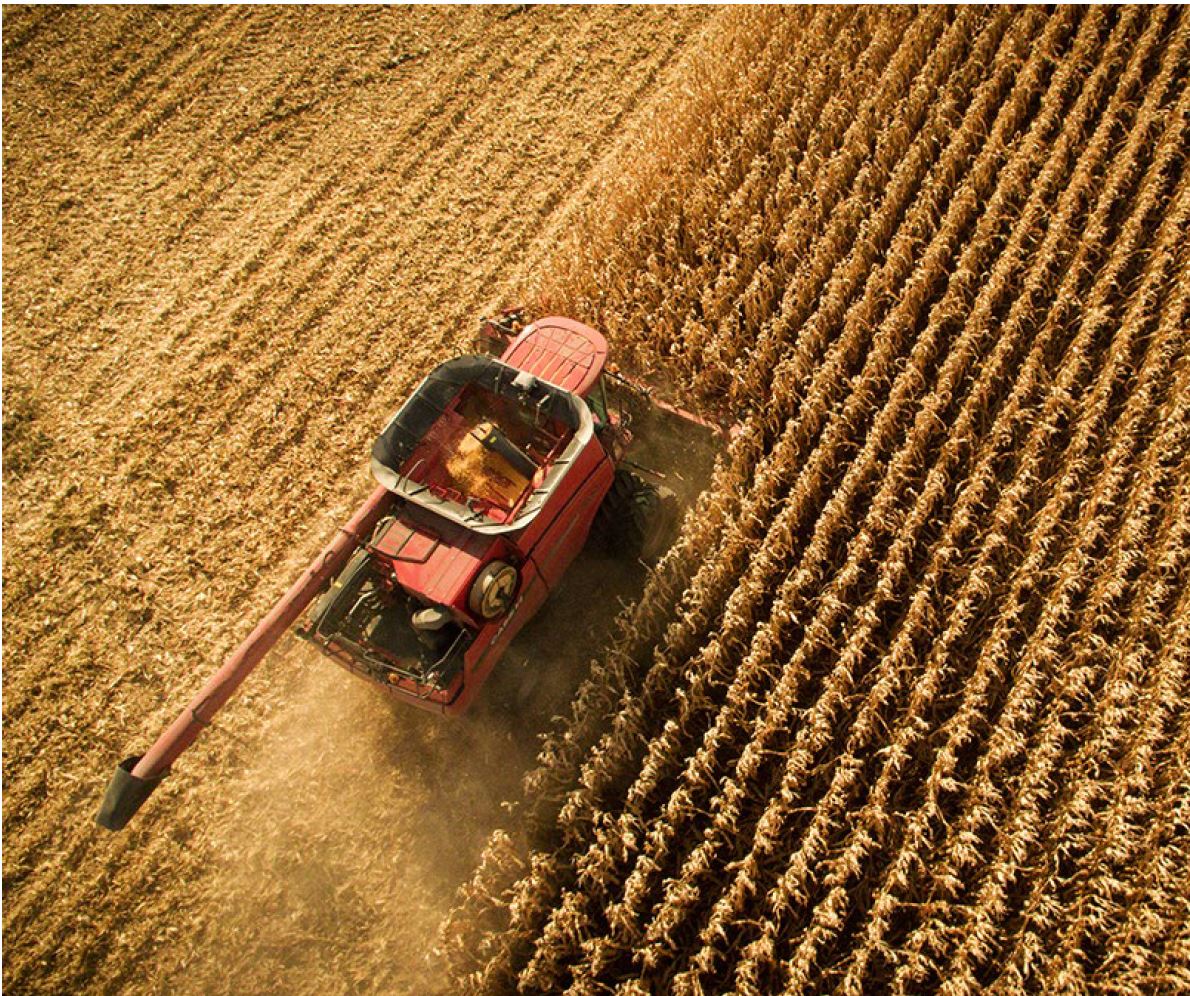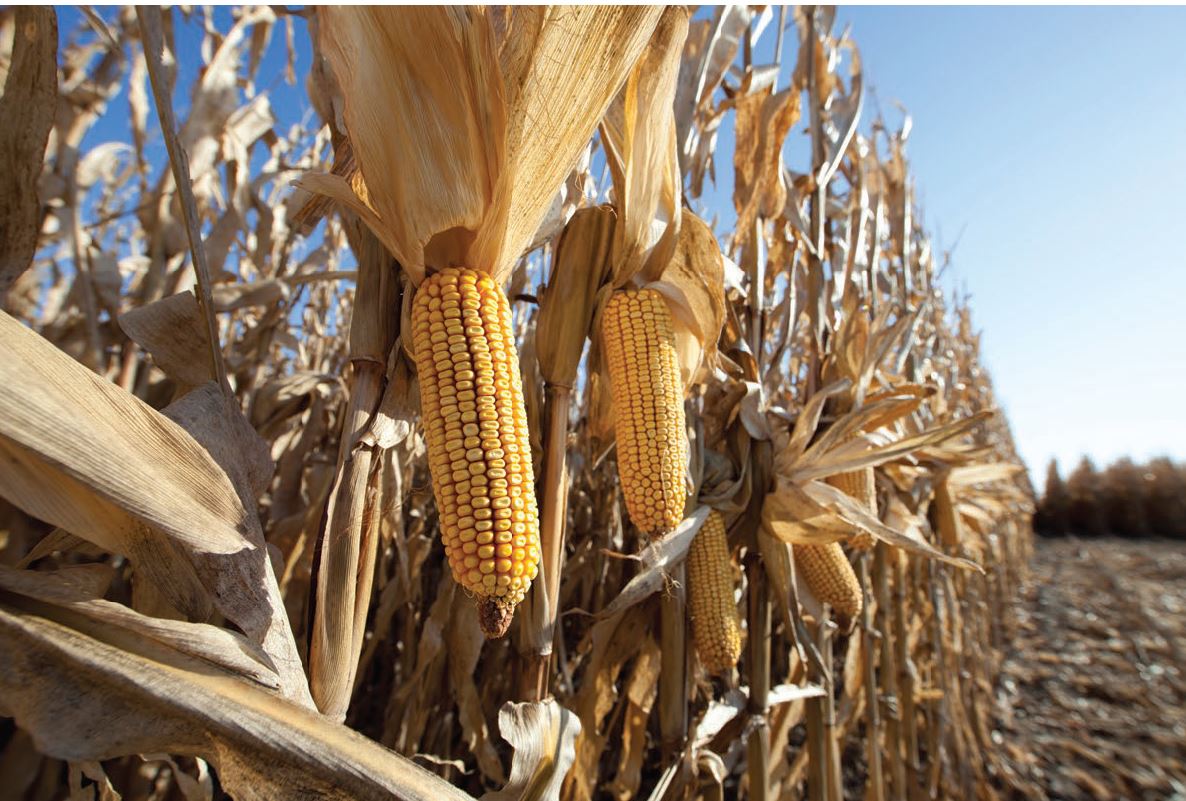Darr, M. 2016. Yield Monitor Systems. Iowa State University Ames, IA.
Jeschke, M. 2017. Yield Monitor Data for Management Decisions. Crop Insights Vol. 27 No. 9. Pioneer. Johnston, IA.
_________
The foregoing is provided for informational use only. Please contact your Pioneer sales professional for information and suggestions specific to your operation. Product performance is variable and depends on many factors such as moisture and heat stress, soil type, management practices and environmental stress as well as disease and pest pressures. Individual results may vary. FF220819
August 2022









